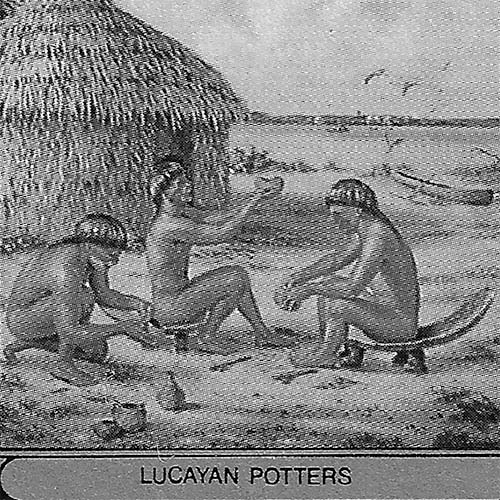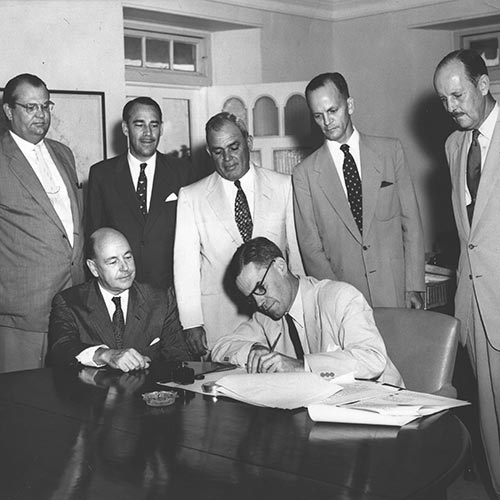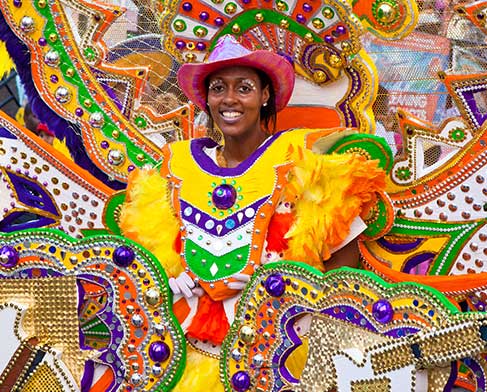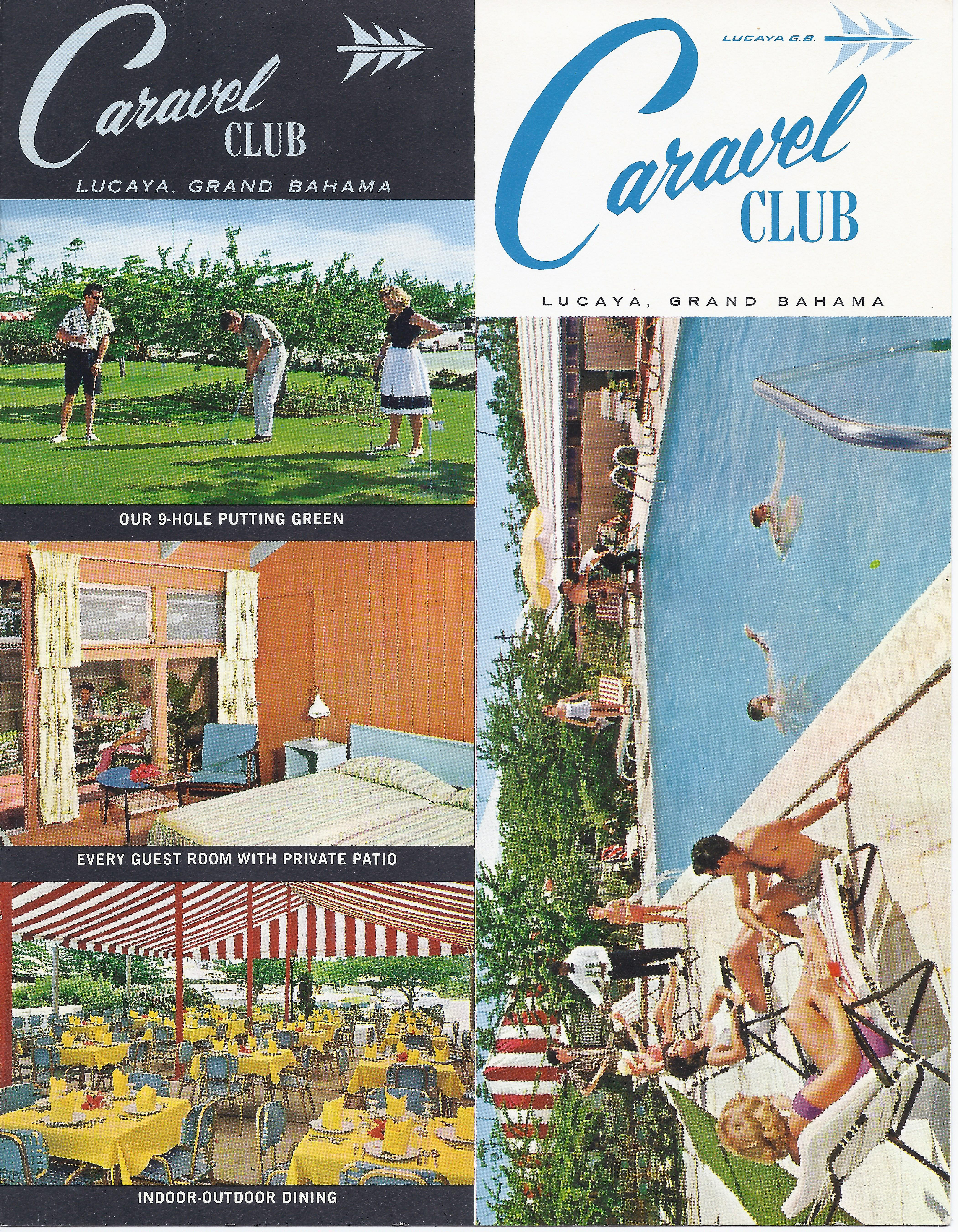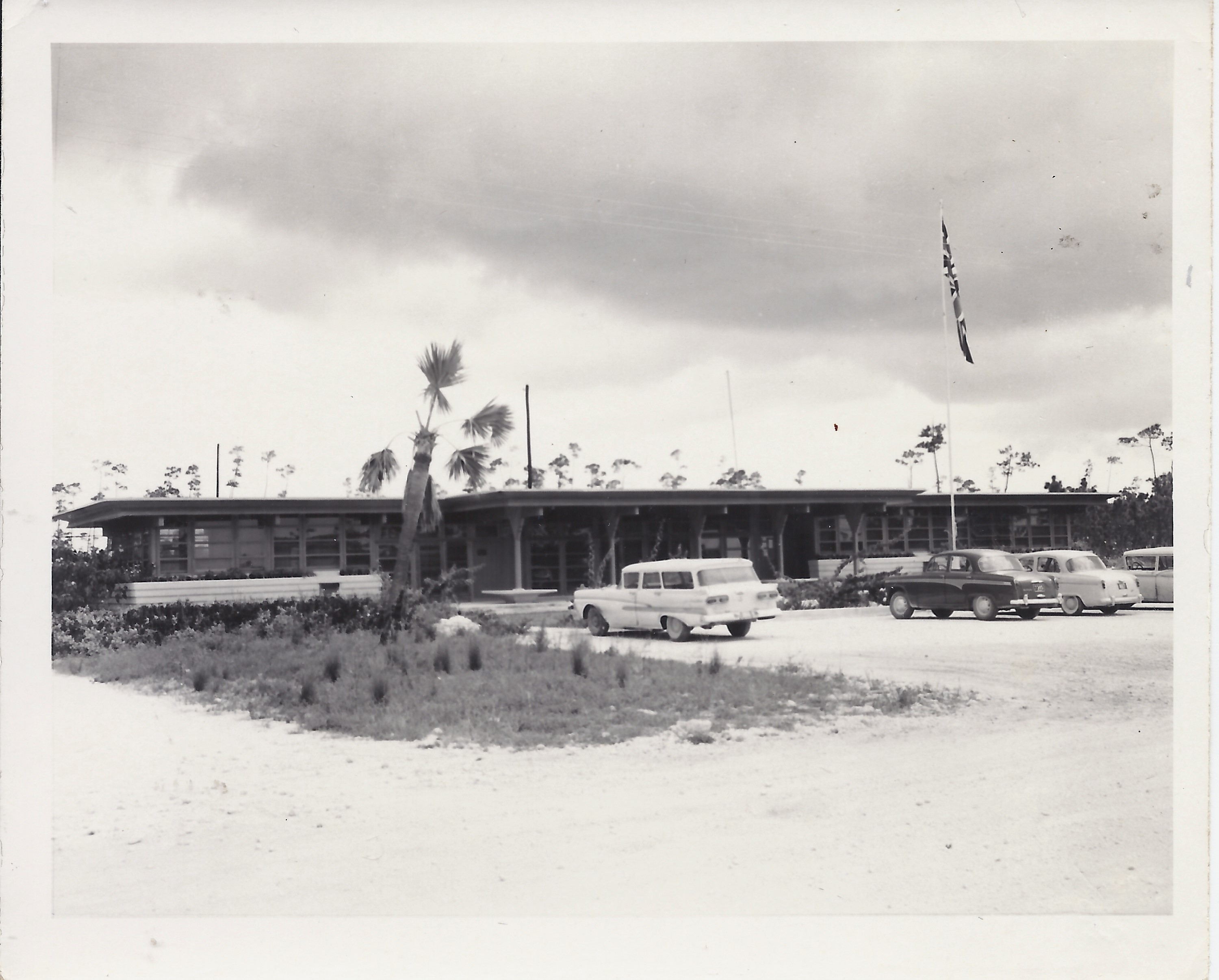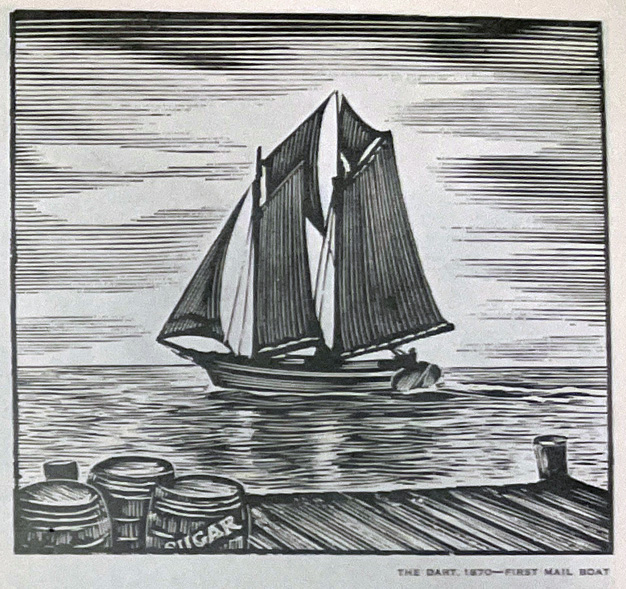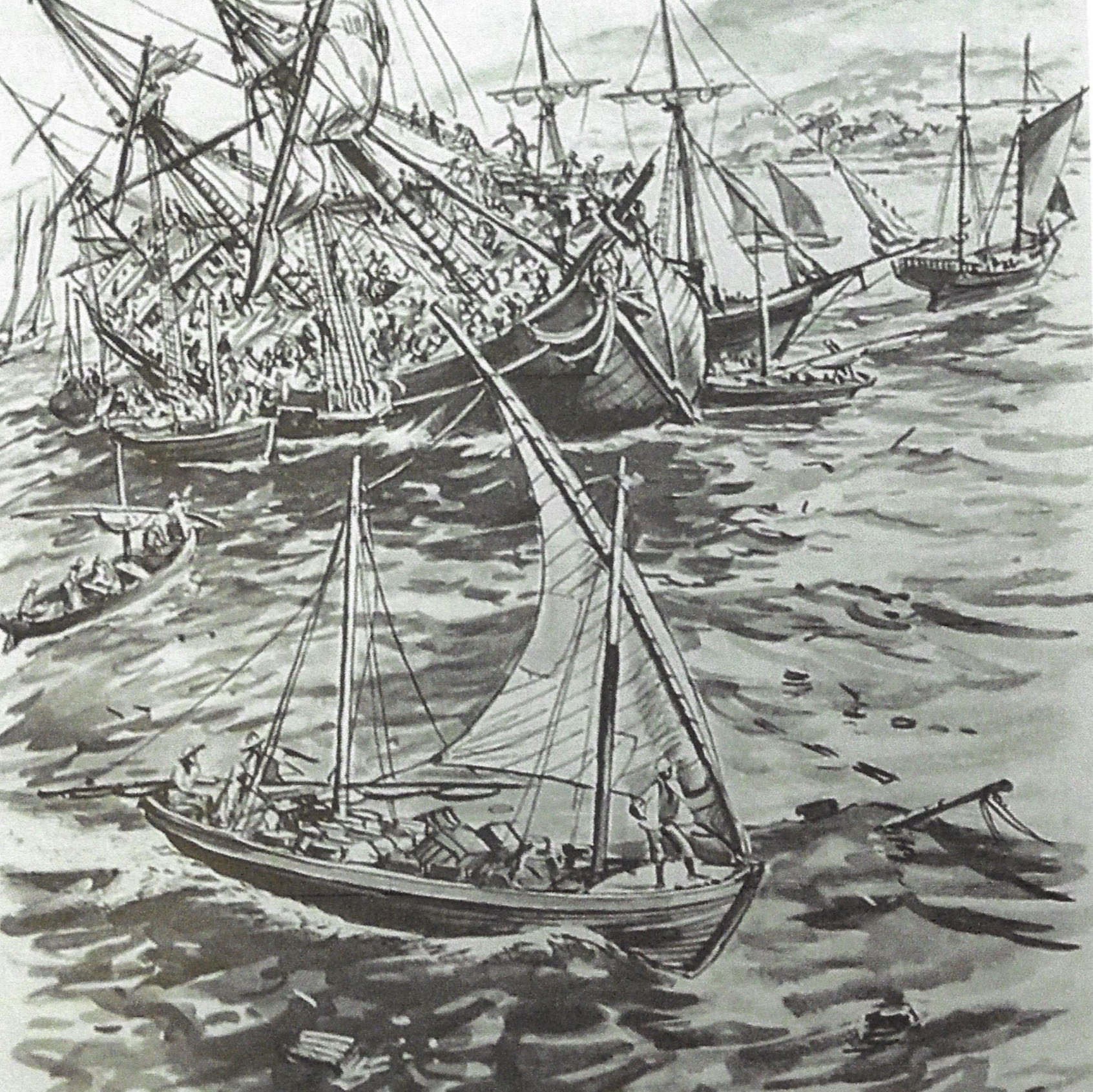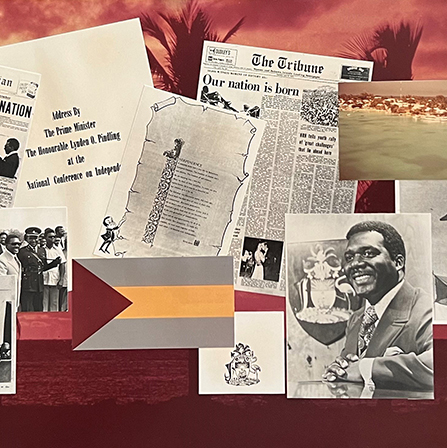History of the Port Authority
Freeport Development & The New World Riviera
Once the tourism initiative was approved, work began on the new port plan, Lucaya and on the hotel, which had to be completed by the end of 1963. The Lucayan Beach hotel opened New Year’s Eve in 1963.
The first step was to install the infrastructure for the new Lucayan development made possible by the Chesler investment in Devco. In 1960, tourism was almost entirely limited to the very rich with their freedom of movement and self-contained resources on yachts, as had been the case for many years throughout the islands (that Groves’ Regardless voyages demonstrated).
The Cornell researchers noted this, and also the need to attract another level of customer:
Although Freeport is fast becoming a major tourist attraction in the Bahamas – second only to Nassau, it is said – still the variety of types of tourists who go there is somewhat restricted. Although an increasing number of “Upper-middle” and “Lower-upper” economic class Americans spend from two days to three weeks enjoying Freeport’s hotel accommodations, the main bulk of tourists still are very, very wealthy – usually men who come from Florida or New York or Pennsylvania on their private yachts, alone except for a skipper and crew to cater to their wishes, and who stay on their yachts, using Grand Bahama’s fertile waters for game fishing and none of her other facilities. It will certainly be necessary to encourage a larger volume of tourist traffic to the island to develop its full potential and this essentially will mean tapping the supply of lower-income tourists who are becoming increasingly mobile and will provide the major proportion of any boost in visitors’ numbers.
- From the Cornell Report, 1960
Amenities Needed – Fast
New hotels and private estates required roads, harbor facilities and other amenities, all of which needed to be made ready in record time. For the yacht-less, there was only the Caravel Club, an eight-unit guest house later expanded to 25, which had a small restaurant attached.
It is unclear what the Cornell report was referring to in the matter of the upper-middle and lower-upper visitors, as there weren’t many facilities for them to stay for their “two days to three weeks,” but presumably they knew of what they spoke.
Development Timeline
- The airport opened in October 1961 and was soon enlarged.
- The East Mall, Freeport’s first “highway,” was built in 1962.
- The marina at Lucaya was dredged out of a marshy area on the south coast in 1962/63.
- Sixty miles of roads were built between 1955 and 1963.
- Downtown Freeport saw the first supermarket (now defunct), police stations, post office, the Freeport Hospital, the Mercantile Bank building.
- There were 175 licensees of smaller businesses and shops by 1963.
- The Coo-Koo-Roo restaurant opened in 1962.
- Movies were shown at the Sports and Social Club.
- Plans for “Hong Kong West” (the future International Bazaar) were announced in 1963.
- The Queen’s Cove development (recently overcome by a series of hurricanes) was the first independent subdivision.
- Caravel Beach was the second subdivision (near Ranfurly Circle and not to be confused with the beach of the same name near where the Xanadu is today).
- Other subdivisions followed including Royal Bahama Estates west of Coral Road, and Bahama Terrace, whose canals were dredged in 1964.
- Peter Barratt, who wrote the authoritative history of Grand Bahama, was hired as Freeport’s urban planner in February 1965.
Port Authority Offices
The Mercantile Bank building housed the Port Authority offices. The first Port Authority headquarters became first the Magistrates’ Courts, and then a police station. It was subsequently demolished, although Edward St. George had hoped it could become a “Freeport Museum.”
New, Exciting & Exotic
Freeport—billed as “The New World Riviera” by Devco—was new, exciting and slightly exotic, with promise of great things to come. Plans for land sales and settlement were laid out in a 1964 publicity flier, which had lasting repercussions. After a number of pretty photos (almost entirely of white residents) and descriptions of amenities, the flier closes with:
To take full advantage of Lucaya’s dynamic potential…for yourself and your family…the time to act is now!
The key to the entire concept of Lucaya is the emphasis and dedication to careful and professional planning by a firm whose experience in the field is vast and whose energy and sincere efforts are resourceful. Everything that has already been done and is planned for Lucaya is designed to make it inviting to come to, desirable to live in, and interesting to invest in.
Land has permanence…solidity. The value placed on a good piece of land increases as demand increases and supply decreases. Land is scarce where climate and accessibility can afford you comfortable, easy living the year ‘round, and an opportunity to “live abroad”—yet be so physically close to the U.S. mainland.
By 1980, seventy-nine million more Americans than there were in 1960 will be looking for their share of man’s greatest possession.
Lucaya is an area which may grow at an even faster rate than Florida’s real estate explosion. 1961 drew 368,211 visitors to the Bahamas; 1962 had 444,870 tourists and 1963 counted a total of 546,404 persons—an increase of 67% over the last two years!
Many of these visitors are looking for land investment, retirement land and permanent residence land.
It is a well-known fact that desirable and accessible resort residential real estate is diminishing. Now is the time to take advantage of the opportunities offered in Lucaya…where there is still room for capital growth…expansion…gracious living.
“Island Living” in Lucaya, Grand Bahama, opens to a new chapter in human endeavor… combining the vitality of growth with the casualness of semi-tropical living. To build a way of life while enjoying nature’s and man-made advantages. To enjoy uncrowded living with the ease of travel to populated areas. To invest in the first major island you reach after leaving Florida’s shores. To invest in an area where millions of dollars have already been spent for its growth and expansion.
We urge you not to be one of those who may regret and say, “Why did I wait so long!”
“The New World Riviera” LUCAYA
